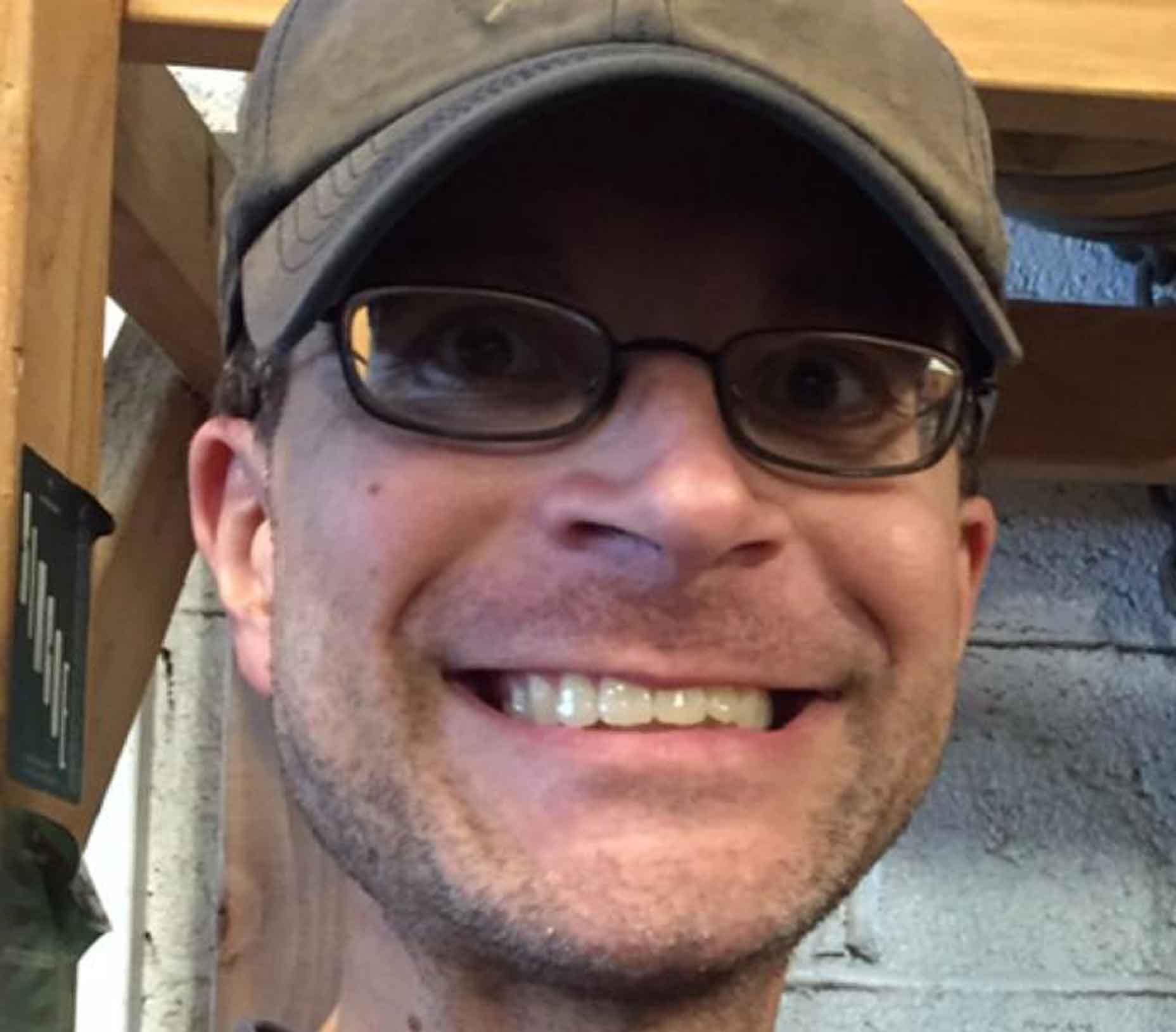Younger players? Go ahead, Padraig Harrington says, and “go with it” with your body as hard as you like, and your arms will keep up in your swing.
But the not-so-younger players?
“Our biggest problem,” he said.
Talking last week during Golf Channel’s “Happy Hour,” the three-time major winner had been shown a clip of him working with players — an activity where he’s become maybe peerless among his fellow pros — when Harrington was asked what he’d shared. He said it was what he tells a lot of folks.
His lesson featured body movement.
“Pretty much what I tell all recreational golfers, all guys who get a little older,” Harrington said on Golf Channel. “Our biggest problem is our bodies can keep moving, but our arms can never keep up with that speed. So, well, I tell young guys they can go with it with their body as hard as they like, and if they’re practicing every day, their arms will keep up. But for the older guys, you know, most guys who play golf, or girls, later on in life, they play once or twice a week, and they think that turning, — turning through, turning back or turning through — is gonna increase speed. It really doesn’t.
“The likelihood is the arms are going to drop behind, not be able to keep up.”
What’s the fix then?
“If I was teaching an older player or a casual golfer,” Harrington said on Golf Channel, “I would 100 percent say, swing your arms and hands and make them drive the body out of the way. So the opposite of what you would teach a junior. So you’re swinging your hands and arms as hard as you can, and they will drive and push your body out of the way much more so than if you spin at all.
“I see it every week. My amateurs, they want to hit it harder. They spin the upper body, and their arms just can’t get down. They can’t. They stay up, and then they have a late release, a flip at it, and they mishit it.”
Padraig Harrington joined Happy Hour to provide some golf swing advice he often gives to older and younger players. 🏌️♂️ pic.twitter.com/SDpy5JpV92
— Golf Channel (@GolfChannel) March 28, 2025
Let’s keep the conversation going. In 2021, GOLF.com wrote an article headlined “5 timeless tips for older golfers, according to a Hall of Famer,” and you can read that story by clicking here, or by scrolling immediately below.
***
When the sun sets over Bernhard Langer’s incredible career (if it ever does), his legacy won’t be his two Masters wins, or his 11 Ryder Cup appearances. It’ll be all of it: the longevity that comes with winning 117 times over 50 years as a professional — and counting.
How does he do it? We caught up with the seemingly immortal Langer recently at the Berenberg Invitational, a charity golf event to raise money to help combat pancreatic cancer, where he shared some rules that older golfers should follow:
1. Take care of your body
First thing’s first, Langer says to take care of your body. We’ll get into the specifics of what that means, but as a general rule of thumb: Watching what you eat, getting regular exercise and staying flexible — that’s maybe most important of all.
“People think golf may not be a sport, but it is a sport and it’s demanding,” he says. “As we get older, we lose both strength and flexibility. Every year, we lose a percent or two. We may feel top of the world when we’re in our 40s, but when we get into our 60s, we start not feeling so great.”
It’s never too late or too early to get started, Langer says, and once you do, you’ll enjoy the benefits for years.
2. Stretch every day
Specifically, Langer says to start by simply stretching every day. He says you can work with somebody to help you, but don’t use that as an excuse: Just Google a stretching routine and get started.
“Just stretch for a few minutes every day, either in the morning or evening,” he says. “You can do it at home, you can do it in the office.”
3. Strengthen your core
You don’t need to hit the weights hard to play good golf forever, Langer says. But you’ll be well served to strengthen the middle of your body. That, Langer says, has been central to his success (yes, pun intended).
“The core, the midsection of the body is very, very important,” he says. “Your body’s biggest muscles are [your glutes] and [your abdominals]. If you use those, you can make a bigger turn.”
4. Don’t cheat your turn
Langer mentioned turn there, which was another important theme of our conversation. Turning is power, Langer says, and you need power as you get older. If you can’t turn, you won’t just hit the ball shorter: You’ll also compensate in ways that will make you worse.
“A lot of people can’t turn even in their 50s and 60s. They may turn a little bit, but then they collapse their arms and think they’re way back there, when there’s no turn,” he said, demonstrating above. “That’s when trouble sets in. You get a lot of mishits.”
Making sure not to cheat your turn is the swing thought at the heart of this. Keep your arms straight, and turn your torso.
5. Improve your fundamentals
Last but not least are the fundamentals, Langer says. They’re called that for a reason, and they never go out of style. Keep a close eye on them every time you practice, and they’ll last a lifetime.
“Get a good foundation,” he says. “Grip, stance, good posture, all that stuff is very important.”










